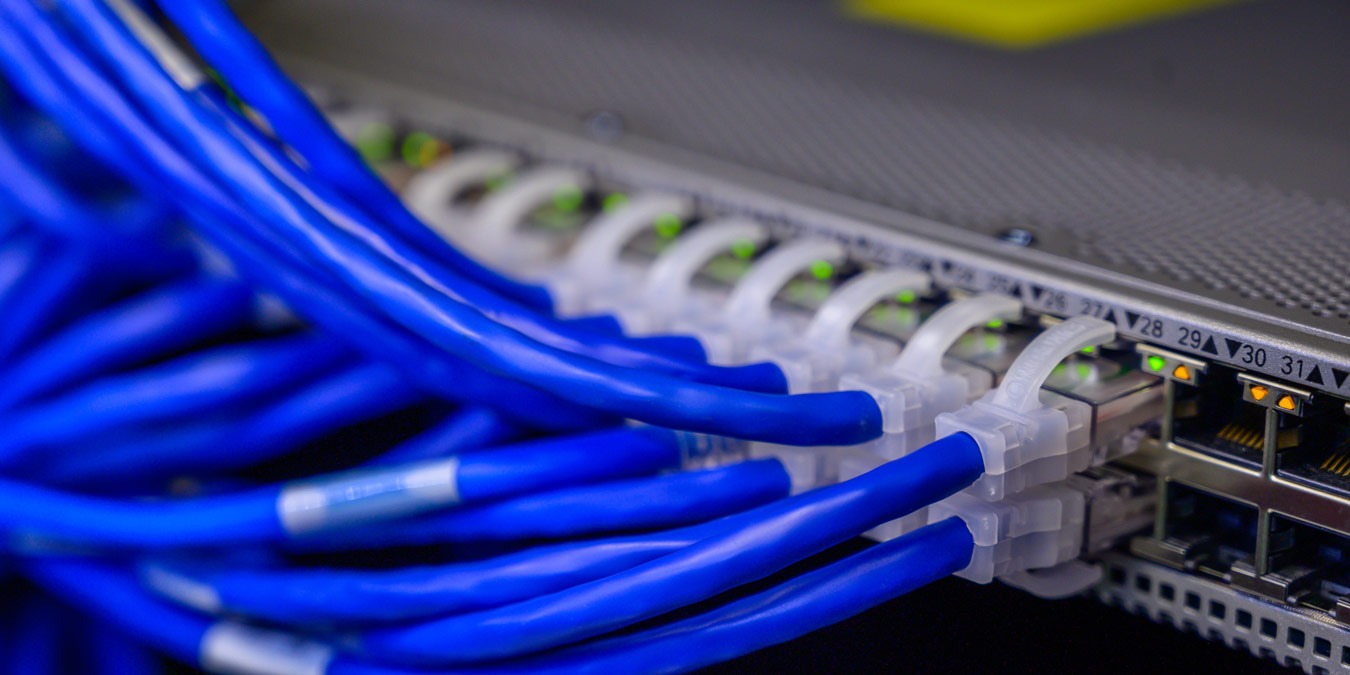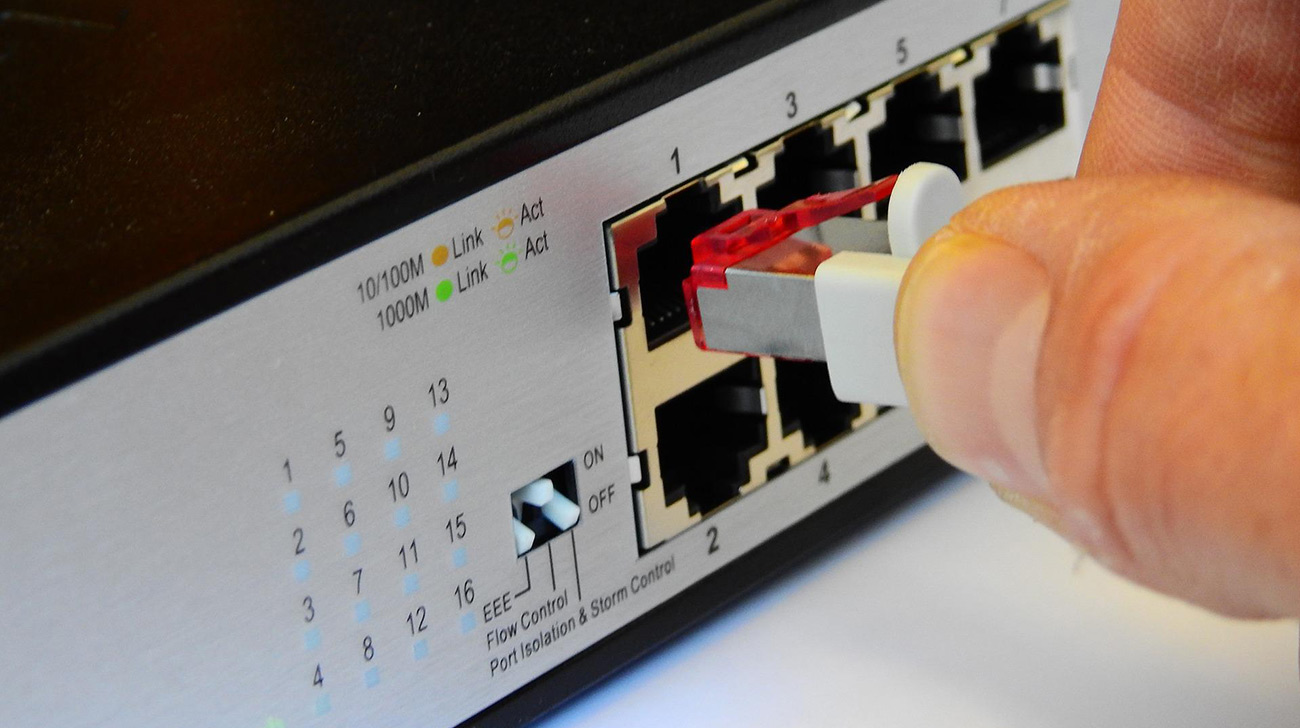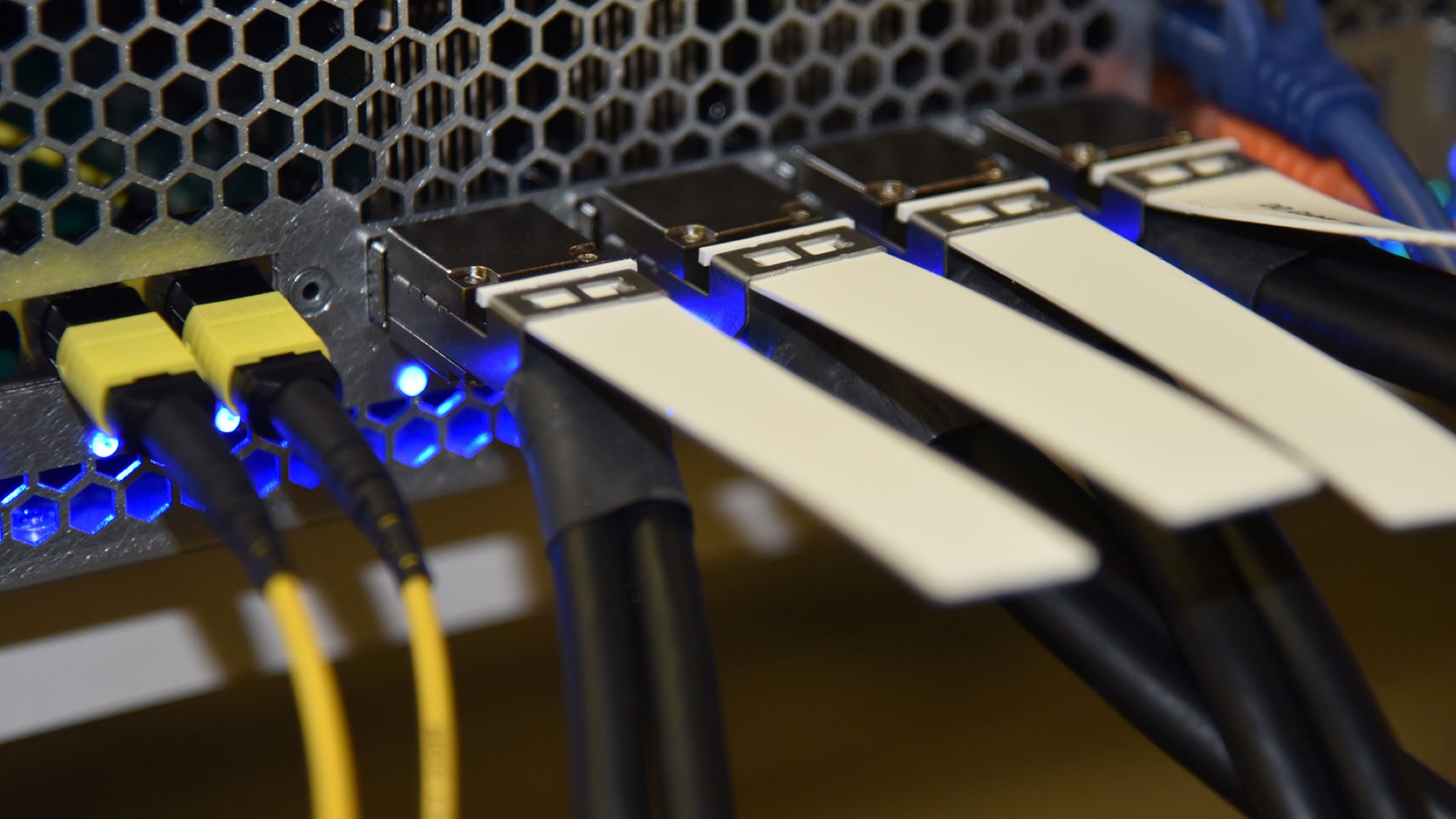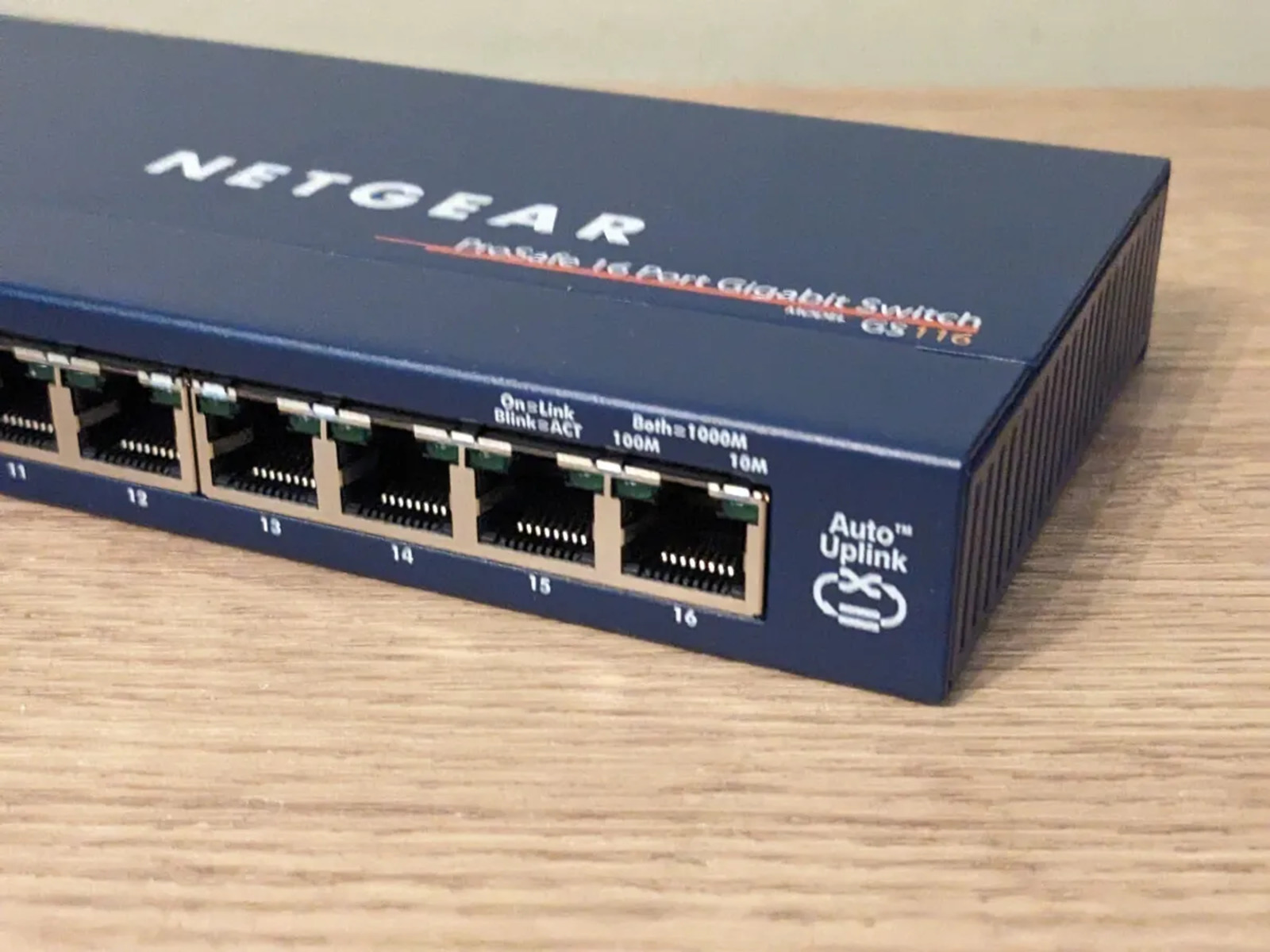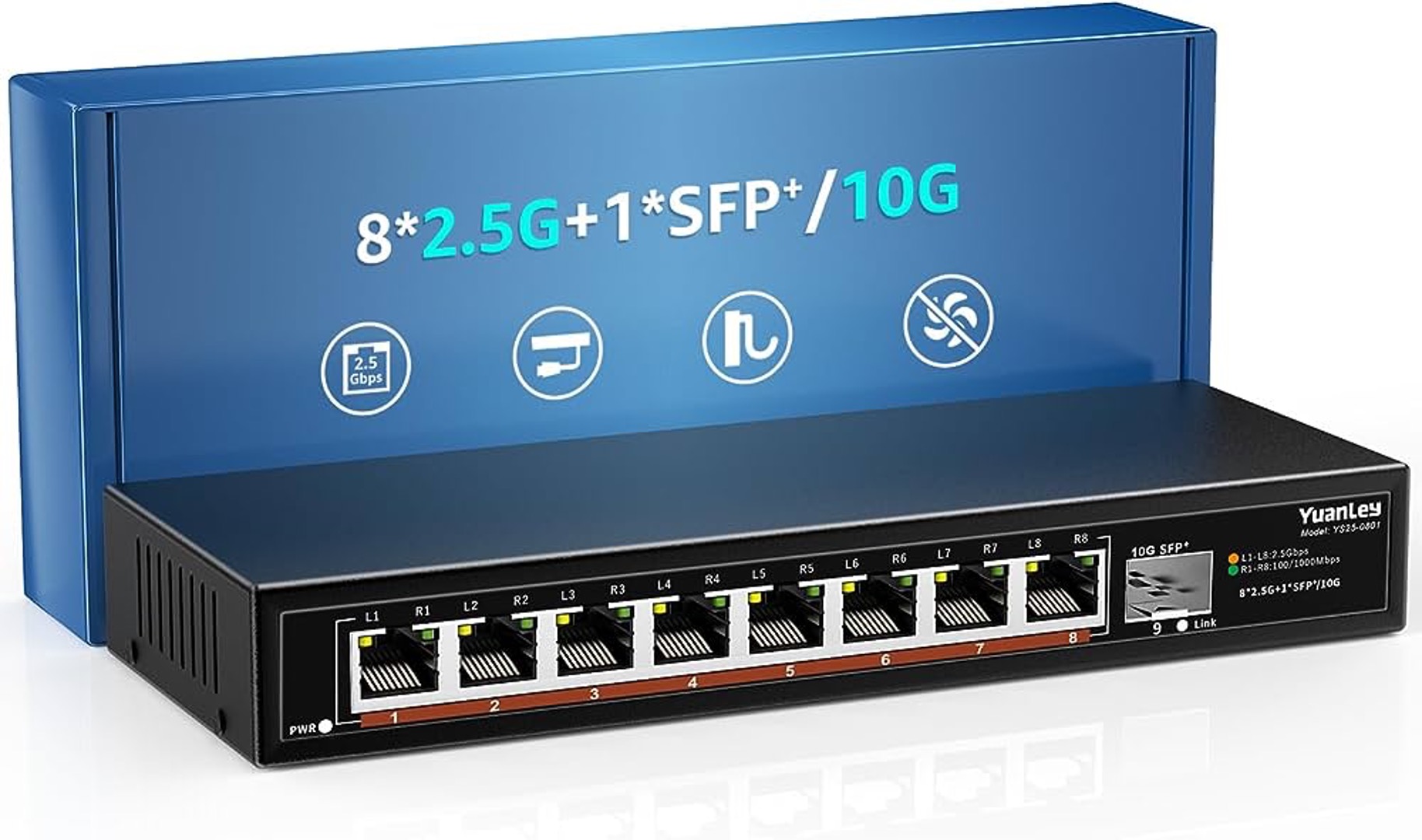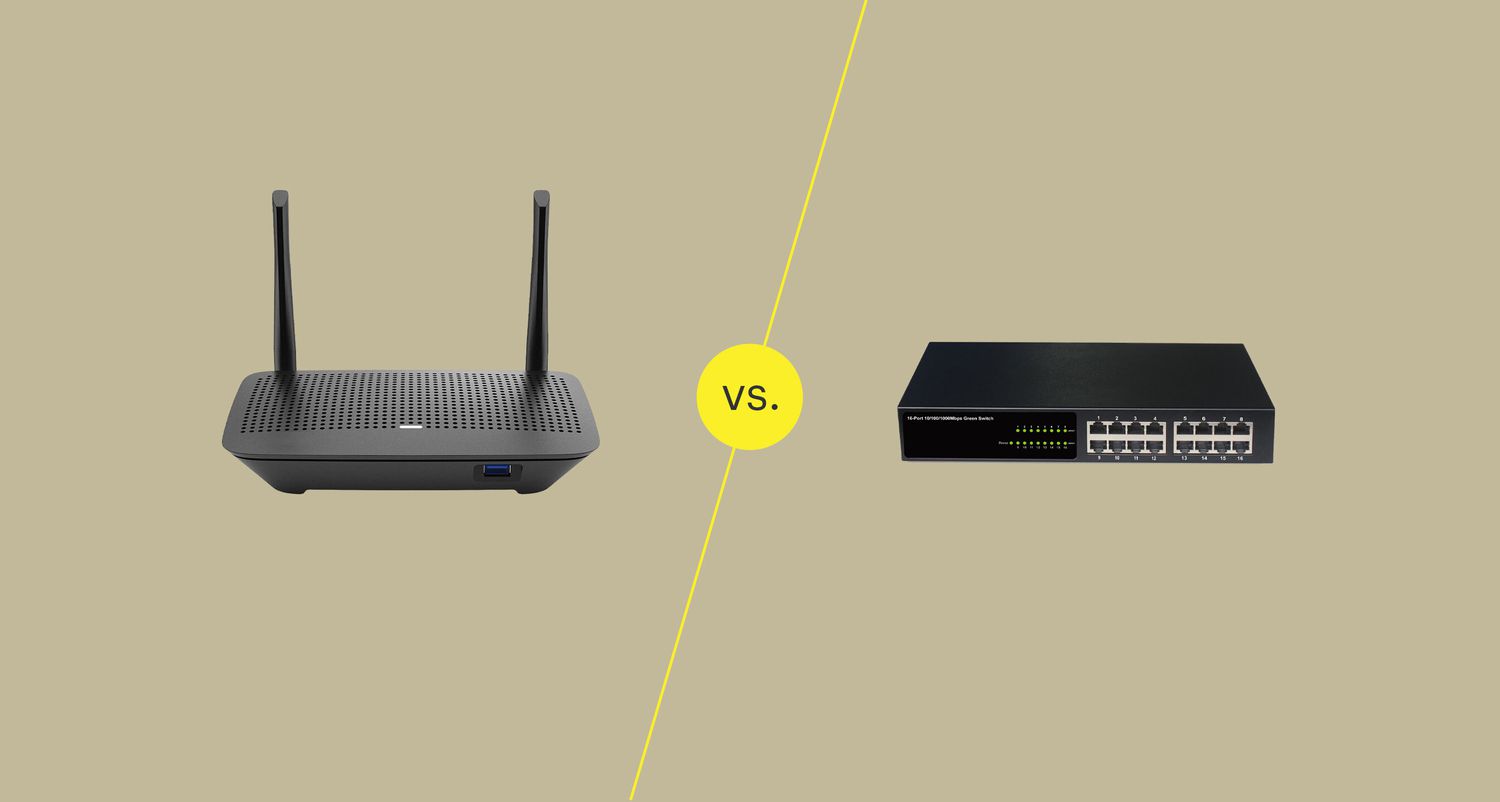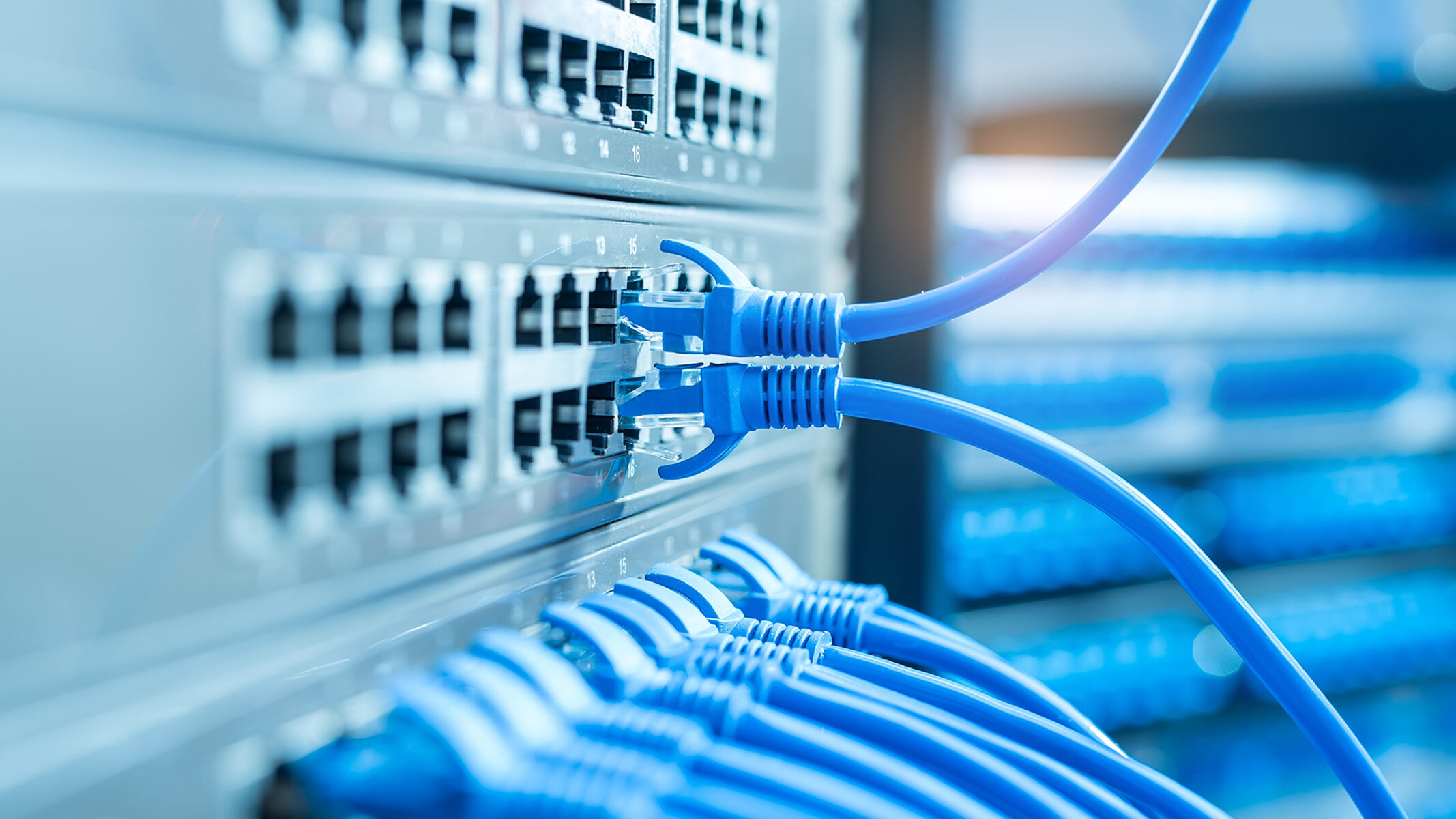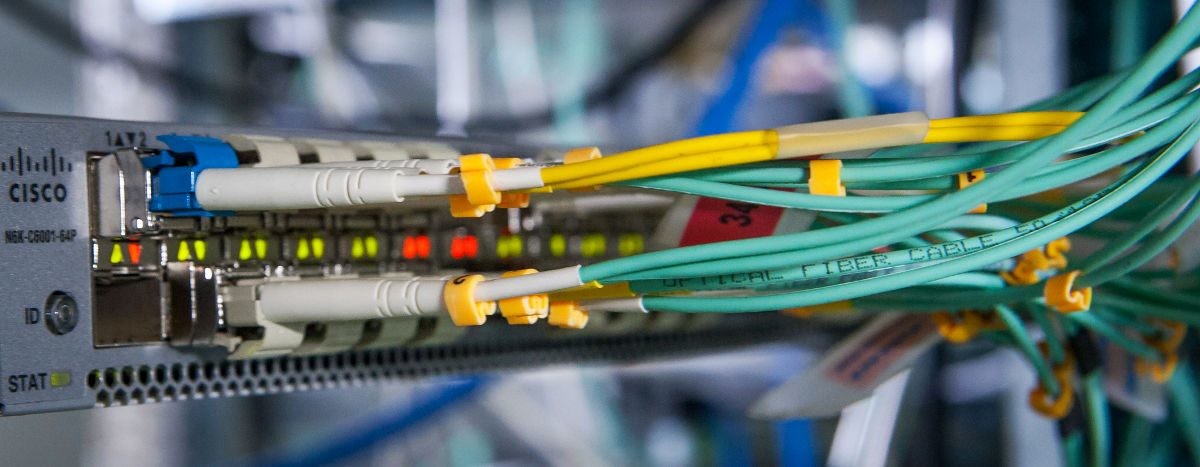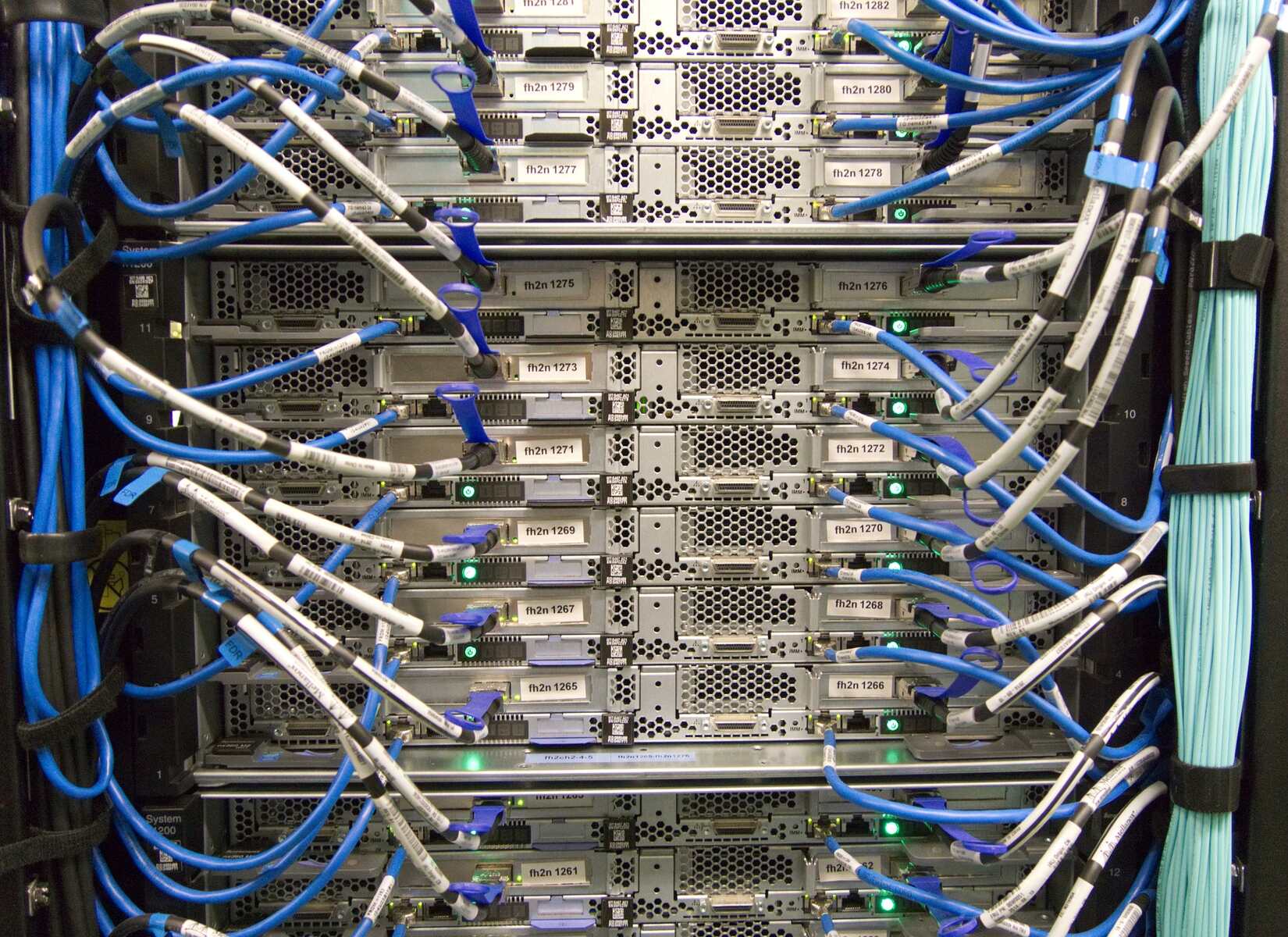Introduction
Port forwarding is a crucial aspect of networking that allows devices within a private local area network (LAN) to communicate with external devices or services over the internet. It is particularly essential for online gaming, remote access to devices, and hosting services such as web servers or FTP servers. While port forwarding is commonly associated with routers, it is also possible to achieve this functionality using a network switch.
In this guide, we will delve into the process of setting up and configuring port forwarding on a network switch. Unlike routers, which typically handle port forwarding automatically, network switches require manual configuration to enable port forwarding functionality. By following the steps outlined in this guide, you will gain a comprehensive understanding of how to effectively set up and configure port forwarding on a network switch, empowering you to optimize your network for various applications and services.
Understanding the intricacies of port forwarding and network switch configuration is invaluable for network administrators, home users, and businesses alike. Whether you seek to improve online gaming experiences, enhance remote access to devices, or host services, mastering the art of port forwarding with a network switch will undoubtedly elevate your networking capabilities.
Now, let's embark on this journey to demystify the process of port forwarding with a network switch and equip ourselves with the knowledge and skills needed to optimize network performance and accessibility.
Understanding Port Forwarding
Port forwarding is a networking technique that enables inbound communication from external devices or services to reach specific devices within a private local area network (LAN). When an external device attempts to establish a connection with a device within the LAN, port forwarding directs the incoming data to the appropriate destination based on predefined port numbers.
Each networked service or application utilizes specific port numbers to send and receive data. For instance, web servers typically use port 80 for HTTP and port 443 for HTTPS, while online gaming often requires specific ports for multiplayer functionality. By configuring port forwarding rules, network administrators can ensure that external requests targeting these ports are forwarded to the intended devices within the LAN.
Network switches, which are fundamental components of modern networking setups, facilitate the interconnection of multiple devices within a LAN. Unlike routers, which manage the flow of data between different networks, switches primarily focus on internal network communication. However, with the appropriate configuration, network switches can also support port forwarding, enabling devices within the LAN to receive external communications directed at specific ports.
Understanding the principles of port forwarding is essential for optimizing network accessibility and enabling a diverse range of applications and services. Whether it involves hosting a web server, facilitating remote desktop connections, or enabling seamless online gaming experiences, the ability to effectively configure port forwarding is indispensable for network administrators and enthusiasts.
By comprehending the intricacies of port forwarding and its relevance within the context of network switches, individuals can harness the full potential of their network infrastructure, fostering enhanced connectivity and streamlined access to a myriad of online resources and services.
Setting Up a Network Switch
Before delving into the configuration of port forwarding on a network switch, it is crucial to ensure that the switch is correctly set up within the network infrastructure. The initial steps involve physically connecting the network switch to the existing network, typically by linking it to a router or another networking device using Ethernet cables. Once the physical connections are in place, the network switch must be powered on and allowed to initialize.
Modern network switches often feature auto-negotiation capabilities, which enable them to automatically determine the optimal network speed and duplex mode for each connected device. This streamlines the setup process, as the switch can dynamically adjust its settings to accommodate the devices within the network. However, it is advisable to verify that the switch has successfully negotiated the appropriate network settings to ensure seamless communication.
Furthermore, network switches may offer management interfaces accessible through web browsers or specialized software. Accessing these interfaces allows administrators to configure advanced settings, including VLANs, Quality of Service (QoS) parameters, and, crucially, port forwarding rules. Familiarizing oneself with the management interface and the available configuration options is paramount to effectively harnessing the capabilities of the network switch.
By meticulously setting up the network switch and acquainting oneself with its management interface, network administrators and users can lay a solid foundation for implementing port forwarding and optimizing network communication. The proper setup of the network switch serves as a prerequisite for configuring port forwarding rules to facilitate seamless inbound communication to specific devices within the LAN.
Configuring Port Forwarding on a Network Switch
Configuring port forwarding on a network switch involves defining rules that dictate how inbound traffic targeting specific ports should be directed to designated devices within the local area network (LAN). Unlike routers, which often feature intuitive user interfaces for managing port forwarding, network switches typically require a more manual approach to configure this functionality. The process generally entails accessing the switch’s management interface and defining port forwarding rules based on the desired communication requirements.
Upon accessing the switch’s management interface, administrators can navigate to the port forwarding or port mapping section, where they can define rules to govern inbound traffic. Each port forwarding rule typically includes the following parameters:
- Source Port: The port number through which external traffic enters the network.
- Destination Port: The port number to which the inbound traffic will be directed within the LAN.
- Destination IP Address: The internal IP address of the device to which the inbound traffic should be forwarded.
- Protocol: The communication protocol (e.g., TCP, UDP) associated with the port forwarding rule.
After defining these parameters, administrators can save the port forwarding rules, effectively instructing the network switch on how to handle inbound traffic targeting the specified ports. It is imperative to ensure that the rules are accurately configured to align with the requirements of the services or applications hosted within the LAN.
Furthermore, network switches may offer the flexibility to create multiple port forwarding rules to accommodate diverse communication needs. This capability allows administrators to tailor the port forwarding configuration to support various services, such as web hosting, remote desktop access, or online gaming, each of which may rely on distinct port numbers for inbound communication.
By adeptly configuring port forwarding on a network switch, administrators can optimize the accessibility of networked services and applications, fostering seamless communication with external devices or services. The meticulous definition of port forwarding rules empowers network switches to efficiently manage inbound traffic, ensuring that it reaches the intended destinations within the LAN.
Testing the Port Forwarding Configuration
Once the port forwarding rules have been configured on the network switch, it is imperative to conduct thorough testing to validate the effectiveness of the setup. Testing the port forwarding configuration involves initiating external connections to the designated ports within the LAN and verifying that the inbound traffic reaches the intended devices.
One of the most common methods for testing port forwarding is to utilize online port scanning tools, which can assess the accessibility of specific ports from external locations. By inputting the public IP address of the network and the port numbers associated with the configured port forwarding rules, administrators can ascertain whether the inbound traffic successfully reaches the designated devices within the LAN. This process helps identify any potential issues or misconfigurations that may impede the proper functioning of the port forwarding setup.
Additionally, testing the port forwarding configuration may involve initiating connections from external devices or services that rely on the forwarded ports. For instance, if port forwarding is configured to facilitate remote desktop access, administrators can attempt to establish remote connections from external locations to confirm that the inbound traffic traverses the network switch and reaches the designated device hosting the remote desktop service.
During the testing phase, meticulous observation of network logs and diagnostic information can provide valuable insights into the behavior of the port forwarding setup. Monitoring the network switch’s logs and observing the traffic flow can help identify any anomalies or discrepancies that may indicate issues with the port forwarding configuration, enabling administrators to promptly address any underlying concerns.
Thorough testing of the port forwarding configuration serves as a critical step in ensuring the reliability and efficacy of the setup. By rigorously evaluating the inbound traffic handling and verifying the seamless redirection of external communications to the intended destinations within the LAN, administrators can instill confidence in the port forwarding functionality and guarantee optimal accessibility for the hosted services and applications.
Conclusion
Mastering the art of port forwarding with a network switch empowers network administrators and enthusiasts to optimize their network infrastructure for a diverse array of applications and services. By understanding the principles of port forwarding and the nuances of configuring this functionality on a network switch, individuals can enhance network accessibility and facilitate seamless communication with external devices and services.
Setting up a network switch lays the groundwork for implementing port forwarding, encompassing physical connections, power initialization, and familiarization with the switch’s management interface. This foundational step is pivotal in preparing the network switch to effectively handle port forwarding configurations and support inbound traffic redirection.
Configuring port forwarding on a network switch involves defining rules that govern the redirection of inbound traffic to specific devices within the local area network. By meticulously specifying the source and destination ports, IP addresses, and communication protocols, administrators can tailor the port forwarding setup to accommodate a myriad of services and applications, bolstering network accessibility and functionality.
Thorough testing of the port forwarding configuration is essential to validate the efficacy of the setup and identify any potential issues or misconfigurations. By leveraging port scanning tools, initiating external connections, and monitoring network logs, administrators can ascertain the seamless redirection of inbound traffic and address any anomalies that may impede the proper functioning of the port forwarding setup.
In essence, the ability to proficiently configure port forwarding on a network switch empowers individuals to harness the full potential of their network infrastructure, enabling enhanced connectivity, streamlined access to hosted services, and seamless integration of diverse applications. By mastering this essential networking skill, individuals can navigate the complexities of modern network environments with confidence, ensuring optimal performance and accessibility for a wide range of networked resources and services.







